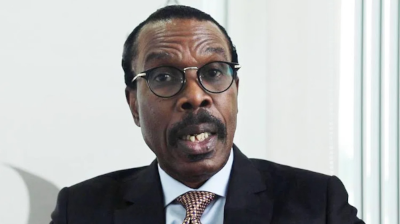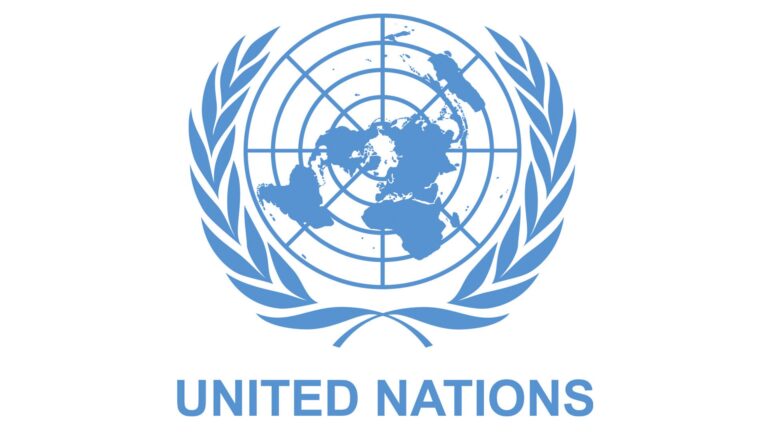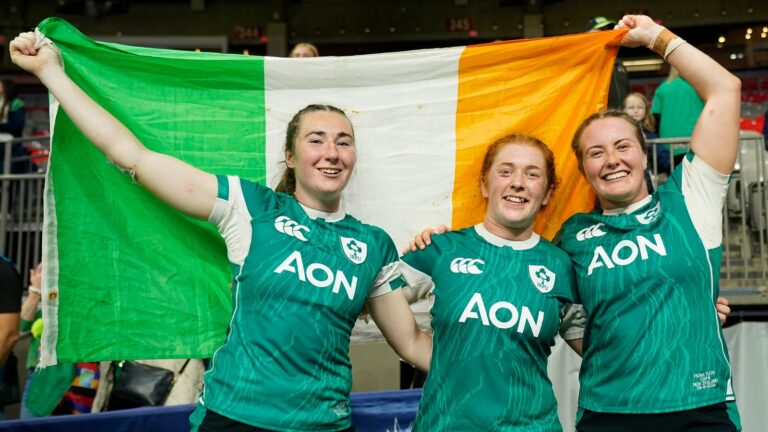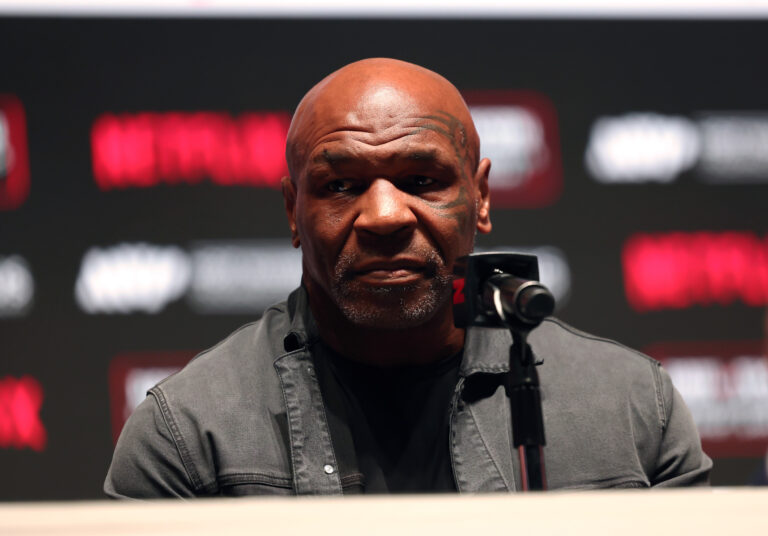Rewane projects stronger naira in January
An economist, Bismarck Rewane, has projected that the naira will strengthen further in January 2025 compared to its current weak trading position.
Rewane made this known during his monthly presentation at the Lagos Business School Executive Breakfast Session, which was themed ‘The Quadrangular Impact of the Trump Win on Nigeria’.
In the past week, the naira had recorded mixed performance across segments as foreign exchange reserves hit new highs.
The Central Bank of Nigeria’s foreign reserves reached its highest level in 32 months, as it advanced 68 basis points week-on-week to settle at $40bn.
At the Nigerian Autonomous Foreign Exchange Market, the naira weakened by 70bps against the American dollar to settle at N1,678.87/$.
In contrast, the naira strengthened at the parallel window by 30bps against the USD to exchange at N1,720/$.
Speaking during his presentation, Rewane, who is also the Managing Director of Financial Derivative Company, affirmed, “There is no economic justification for the naira to be trading at less than 30 per cent of its fair value in less than twelve months.”
He expressed a strong belief that the naira would recover some of its losses in January 2025 for four reasons.
“The differential between the parallel market and the official market rate has virtually disappeared. This was responsible for a minimum of 30 per cent of the value erosion due to speculative round-tripping; The supply of dollars into the market, which is a function of oil production and prices; The CBN should and we believe will announce a programme of dollar sales to the market similar to the T/Bill auction. This will help reduce market uncertainty; The forex market structure to be more transparent,” he said.
Rewane added that the exchange rate is the major cause of inflation in Nigeria, noting that a partial recovery of the naira will not only help reduce inflation but will curb money supply saturation in the money market.
Projecting for the first quarter of 2025, the economist said that the naira will trade below N2,000.
Painting the worst-case scenario, Rewane said the naira would trade below N2,000 in Q1’2025 if “CBN begins to cut rates prematurely, there are capital reversals, weak investor confidence and removal of FX subsidy,” while the best-case scenario is if “CBN keeps interest rates elevated until 2025, capital flow surges, regular rDAS and oil output to increase to 1.55mbpd.”
In late October, the International Monetary Fund reported that the naira is showing signs of stabilisation, attributing this to recent interest rate hikes and efforts by the CBN to address foreign exchange backlogs.
In its latest Global Financial Stability Report, the IMF said that the CBN’s interventions to clear overdue foreign exchange obligations have played a critical role in stabilising the currency.
The IMF report read, “Policy actions by local authorities have also resulted in positive developments; for example, in Nigeria, rate hikes and the clearing of overdue domestic central bank foreign exchange obligations have helped the naira show more signs of stability.”
This commendation from the IMF had come a few weeks after the World Bank, in its Africa’s Pulse, report described the naira as among the worst-performing currencies in Sub-Saharan Africa in 2024.
With a 43 per cent depreciation as of August 2024, the naira ranked as one of the region’s weakest currencies alongside the Ethiopian birr and South Sudanese pound.
The depreciation of the naira was attributed to several factors, including increasing demand for US dollars in the parallel market, limited dollar inflows, and delays in foreign exchange disbursements by CBN.
“By August 2024, the Ethiopian birr, Nigerian naira, and South Sudanese pound were among the worst performers in the region. The Nigerian naira continued losing value, with a year-to-date depreciation of about 43 per cent as of August.
“Surges in demand for US dollars in the parallel market, driven by financial institutions, money managers, and non-financial end-users, combined with limited dollar inflows and slow foreign exchange disbursements to currency exchange bureaus by the central bank explain the weakening of the naira,” the Africa Pulse partly read.







